South Australia’s native bushland habitats are a unique joy to behold. Happily, it’s possible to visit them from Adelaide without heading too far off the beaten track.
Make time to explore Aldinga Scrub
Adelaide’s recent elevation to National Park City status has helped to highlight the many wonderfully green gems there are to visit in this region.
Encompassing Adelaide’s 17 metropolitan councils and about a third of Gulf St Vincent, Green Adelaide has been focusing on building on the good work done by previous generations in helping create a cooler, greener and wilder capital city.
On the very edge of Green Adelaide’s southern boundary, at the gateway to the Fleurieu Peninsula, you will find the Aldinga Conservation Park. This rare and vital piece of Adelaide’s coastal biodiversity is being preserved thanks to the valiant efforts of a dedicated group of volunteers and support from the Department of Environment, Water & Natural Resources. The park is of considerable spiritual and cultural significance to the Kaurna people who continue to maintain their connection to this region.
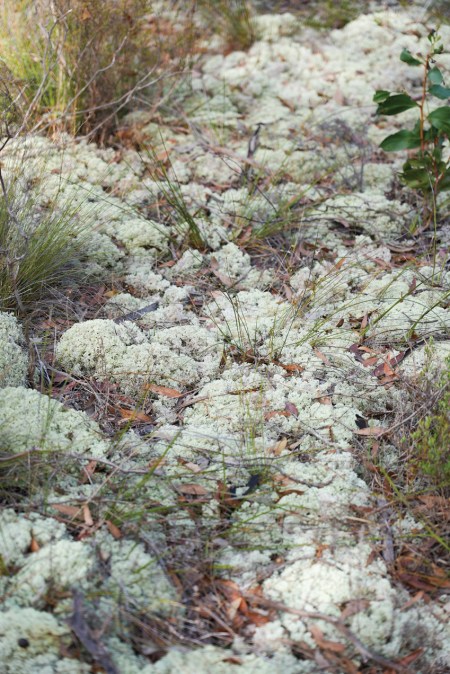
At the very heart of this sprawling 340-hectare park, you will find Aldinga Scrub. Filled with pink gums, correas, grey mallee, and other native flora and fauna, this last bastion of lush remnant bushland is a snapshot of what Adelaide’s coastal areas would have looked like prior to European settlement.
Before World War I, portions of the region were subdivided for farming. However, due to the region’s sandy soil, this proved to be unviable. Following concern about the erosion potential housing sub-divisions would create, 300 hectares was re-purchased and in 1985 the Aldinga Conservation Park was declared.
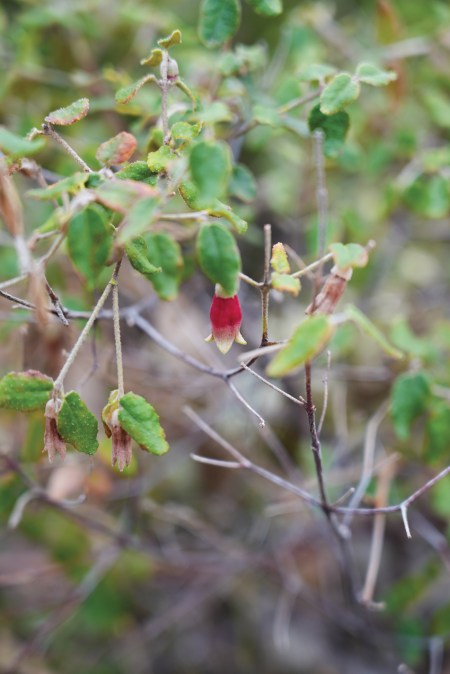
The car park at Gate 14, at the corner of Dover and Frazer Streets, Aldinga, is a perfect place to start your Aldinga Scrub journey. With an emphasis on care and conservation, there are a number of walking trails of varying lengths that offer differing views and flora types to enjoy. The sandy trails are well marked and visitors are asked to respect the sensitive environment by staying on them.
The one-kilometre Coral Lichen Loop is a manageable walk that is named after and includes a patch of special lacy coral lichen. Looking like it would be more at home submerged on a reef, this fascinating area is the largest of only three colonies of this plant found in South Australia. There is a viewing platform where visitors can stand and look, but not touch.
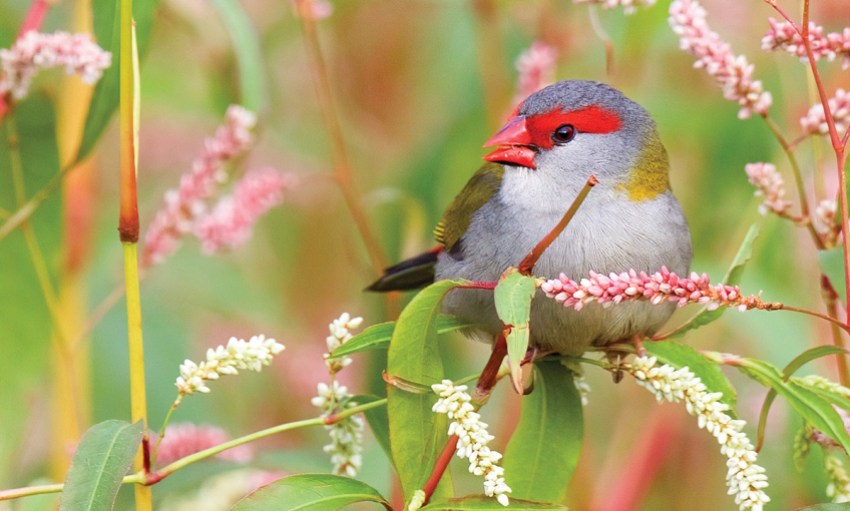
Follow the many markers, with scannable QR codes that link to a very informative e-guide pointing out key plants and features to keep an eye out for along the journey. Marker 3 has both sea box and pink gums growing aplenty. At Marker 5, look out for low-growing muntries shrubs, also known as emu apples or native cranberries. When ripe the berries are green with a red tinge and have the flavour of spicy apples.
You get a wonderful view of Myponga Beach and the Willunga escarpment at Marker 8. Native apricots (Pittosporum angustifolium) are a highlight at Marker 15. Don’t be fooled by the name, the fruit are extremely bitter and unpalatable. The seeds, pulp, wood, bark, roots and leaves contain saponins, tannins and flavonoids and have been used by Indigenous Australians to treat a wide range of ailments for millennia.
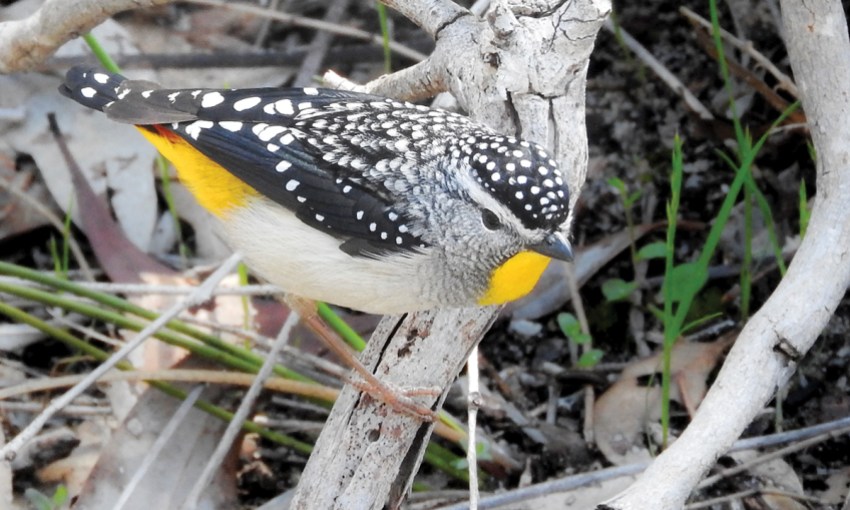
For those looking to spend more time in the park, the three-kilometre Boomerang Loop or five-kilometre Wattle Loop take you further into the scrub and through the regenerated sites where what were once farm paddocks have been replanted and returned to native vegetation. The Acacia Terrace wetland site is full of vibrant animal and bird activity, especially during the wetter months.
Winter is a great time to spot climbing sundew. This carnivorous plant produces a sticky residue covering its leaves, which attracts and catches insects to provide much needed nutrients. Crimson red, bell shaped Correa reflexa blooms are a delight, as are the distinctive, nectar-filled Banksia marginata flowers, which are native bee magnets from summer to early winter. Each season brings another layer of interest to the Aldinga Scrub Conservation Park.
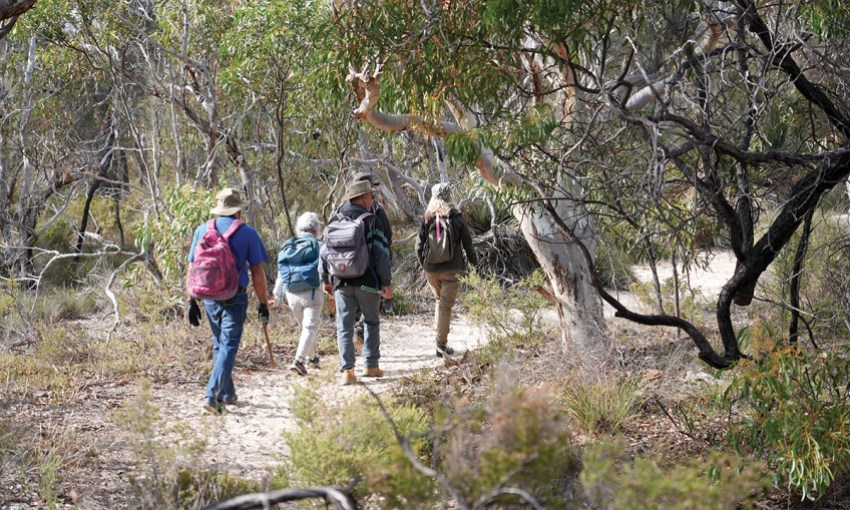
On any of the trails, there is always an opportunity to get up close and personal with the fabulous fauna. There is every chance you will come across a short-beaked echidna meandering over the track. Growing up to 40 centimetres long and covered in sharp spines, these typically shy creatures are fascinating to observe in their natural environment. Western grey kangaroos are also another animal you will likely see, particularly on the longer walks through some less heavily wooded areas.
With more than 166 different bird species identified, take out your earbuds and let the tweets, twitters, chirps and squarks be the soundtrack of your walk. The dense understory provides habitat for small birds including the Western yellow thornbill, red-browed finch and inland spotted pardalote while the higher tree canopy allows welcome roosting spots for larger birds such as whistling kite, barn owl and tawny frogmouth.
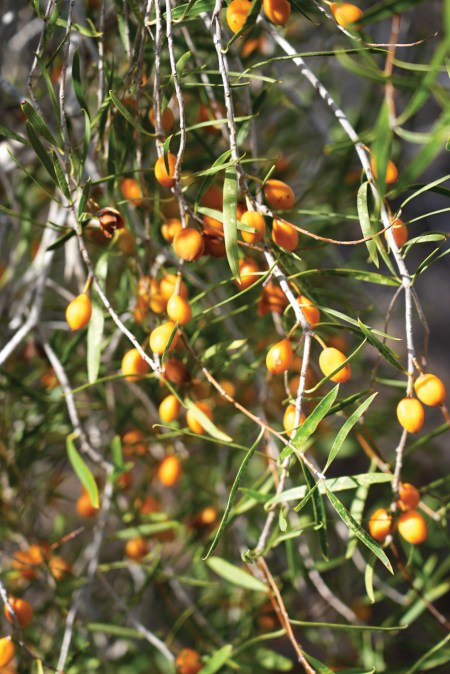
The park’s diverse native vegetation also provides for a wide range of host plants supporting 18 types of butterflies along with over 540 species of insects found throughout. The Aldinga Scrub Conservation Park is definitely an amazing bio-hotspot.
Key to maintaining this unique biodiversity is halting the spread of invasive weeds that have the potential to choke and challenge the native vegetation and impact on colonies of animals, birds and insects.
People power, in the form of Friends of the Aldinga Scrub, established in 1987, has been at the forefront of restoring, regenerating and protecting this local area’s resources. For nearly 35 years, this volunteer group has been instrumental in propagating and planting new areas, along with tackling unwelcome weed outbreaks across the site.
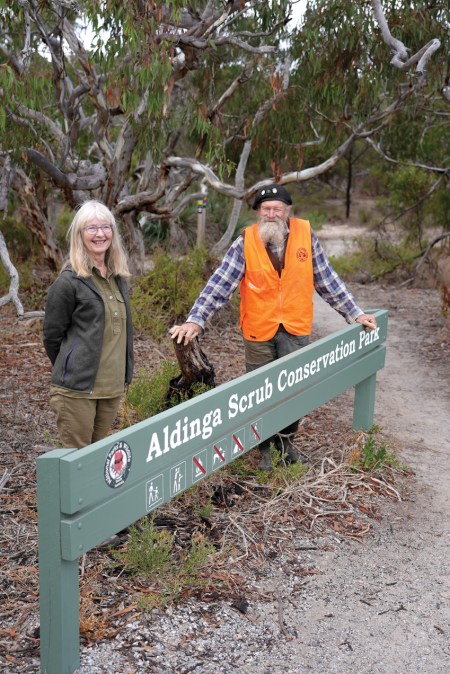
Running monthly working bees, current Friends president Julie Burgher and manager of on-ground work, John Edmeades, epitomise the dedication and commitment to the park. Both long-time members, they and the other 30-plus volunteers who regularly turn up see the work they do – whether it’s grubbing out patches of evening primrose, developing native bee sanctuaries or working closely with DEWNR rangers – as an investment in the Aldinga Scrub’s legacy for future generations. And everything is done with a broad smile.
Both Julie and John are quick to point out that the Aldinga Scrub Conservation Park is not a typical National Park. There is no cafe, so pop a drink and some snacks into your backpack, and of course take any litter home. The delicate eco-system requires visitors to enjoy the natural surroundings but to do it respectfully.
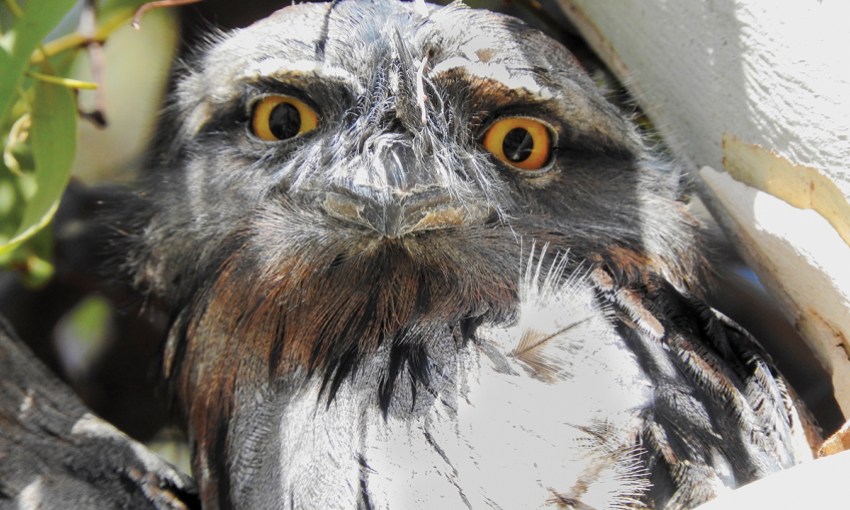
No trip to the Aldinga Scrub Conservation Park is complete without a visit to the Aldinga Washpool Lagoon, just a few minutes away. This rare ephemeral freshwater wetland is nationally recognised and one of the last remaining coastal lagoons along the metropolitan Adelaide coastline. Home to a vast number of migratory and local birds, pack your binoculars and spend some time “twitching”.
The Friends of the Aldinga Scrub offers guided walks by appointment, which can be booked via their very comprehensive website (friendsofaldingascrub.com.au).
Put on your walking shoes, pop on a hat, pack a sandwich and head south for a unique and memorable local experience that will feel off the beaten track.
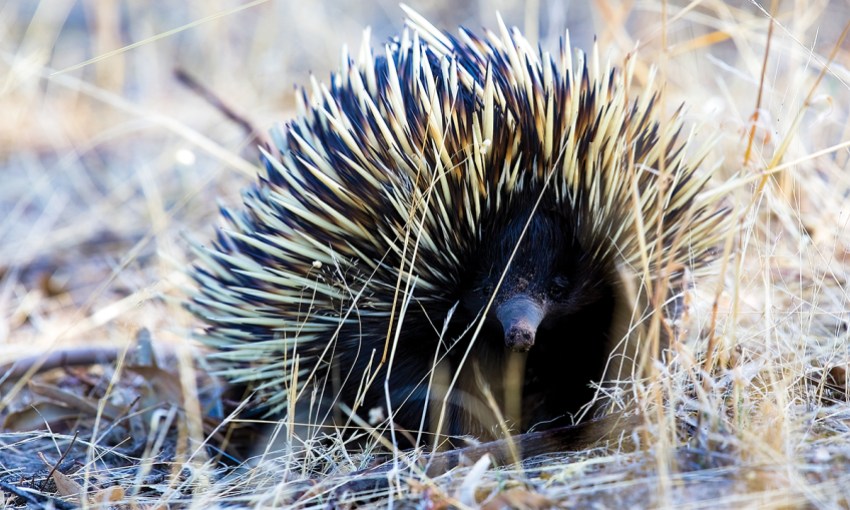
This article first appeared in the June 2022 issue of SALIFE magazine.



